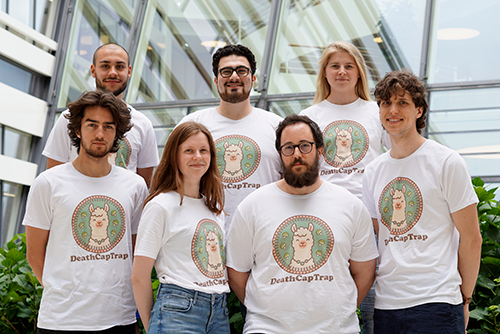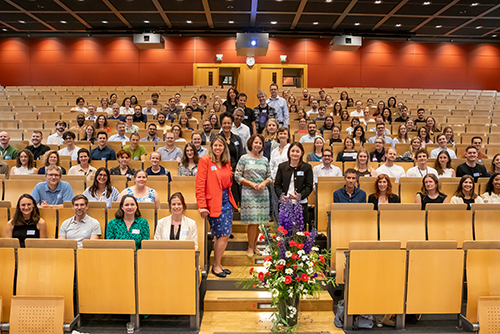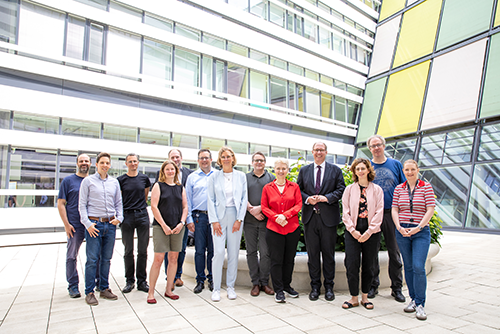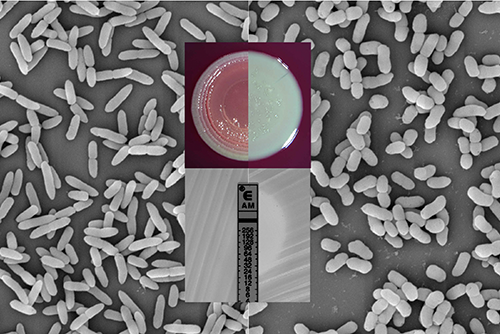The Importance of Cryo-Electron Microscopy - An Interview with Prof. Kay Grünewald
The Nobel Prize for chemistry was awarded this year to three pioneers in cryo electron microscopy - a groundbreaking technology which deep-freezes biological samples thus enabling them to be examined in their native state at high-resolution. The structural biologist Prof. Dr. Kay Grünewald conducts his research using this technique and explained in an interview the significance of cryo-EM for biology.
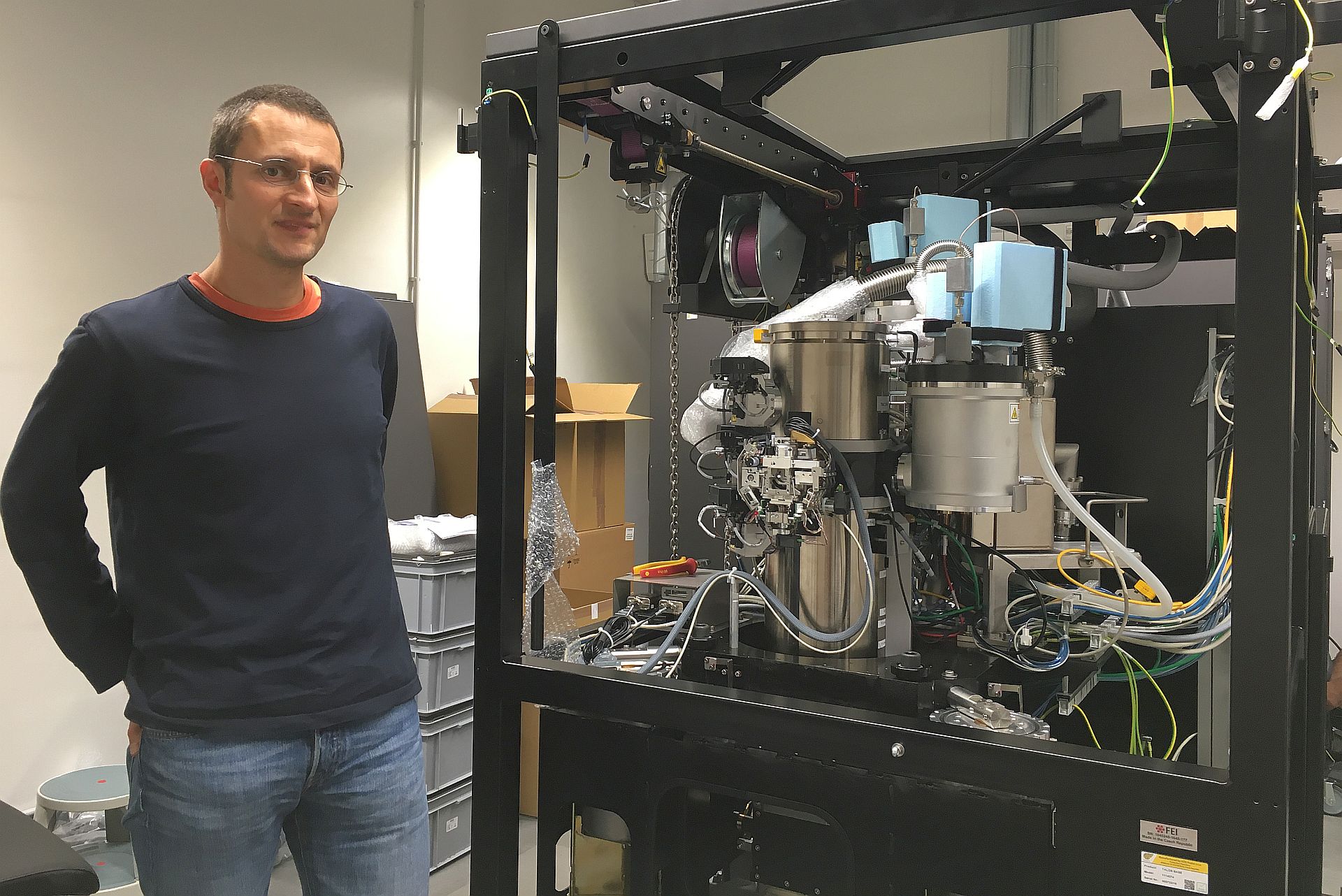
Cryo electron microscopy allows single micro molecules and their functional interactions to be analysed in their natural water-based environment.
Previous "classic" electron microscopy preparation used techniques such as chemical fixations, dehydration, heavy-metal contrasting and embedding in a synthetic resin. This often produced inaccurate results. The cryo preparation method developed by one of the prize winners, Jacques Dubochet, however leaves the samples in their water-based environment thus preserving their structure at the atomic level.
The breakthrough in the resolution occurred about four years ago with the development of direct electron detectors. The group of prize winner Richard Henderson played a leading role in this development. For example, with this technology proteins can now be viewed to the detail of their amino acid skeletons. This structural information can be used to discover and understand fundamental biological functions.
What are you investigating at the CSSB with the help of cryo-EM and what insights are you hoping to obtain?
At CSSB we are studying the molecular interactions between pathogens and their hosts. In my lab we study viruses. We are seeking to better understand important steps in the infection process such as the viruses’ entrance into the cell, virus assembly and morphogenesis. Viruses such as Herpes, Adeno and Retro viruses are the focus of our research.
In addition to this we use viruses as a marker, to answer fundamental cell biology questions. To do this we use cryo electron tomography one of the two main types of cryo-EM. This allows us to examine molecules directly in their native cellular environment.
With this cryo electron microscopy we can understand important cellular mechanisms such as intra cellular transport or membrane infusion. Information from cryo-EM is also used as part of an integrated structural biology approach in combination with discoveries from other fields such as biochemistry, crystallography and mass spectrometry.
